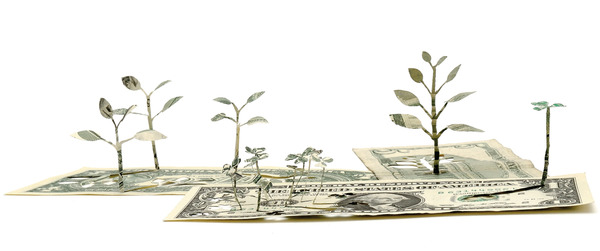'Water Bug' Robot Digests Pollution, Converts it to Electricity.

Credit: University of Bristol In the United Kingdom, a tiny little robot has a big hunger for polluted waterways. The Row-Bot, designed by researchers at the University of Bristol, swims for days — even months — skimming the water for gunk, sucking it up and digesting it and then converting it into electricity to refuel its mission. It feeds on microbes and turns them into energy thanks to its microbial fuel cell stomach. The fuel cell powers a motor, which controls the robot’s propulsion and paddles. Researchers got their inspiration from an insect called Corixidae, also known as the water boatman bug. The Row-Bot can thrive in all kinds of water, such as fresh water, seawater and waste water. The swimming robot was presented at the IEEE/RSJ International Conference on Intelligent Robots and Systems in Hamburg, Germany last month. The researchers’ paper, “ Row-bot: An Energetically Autonomous Artificial Water Boatman ,” details the inner workings of the robot. The




